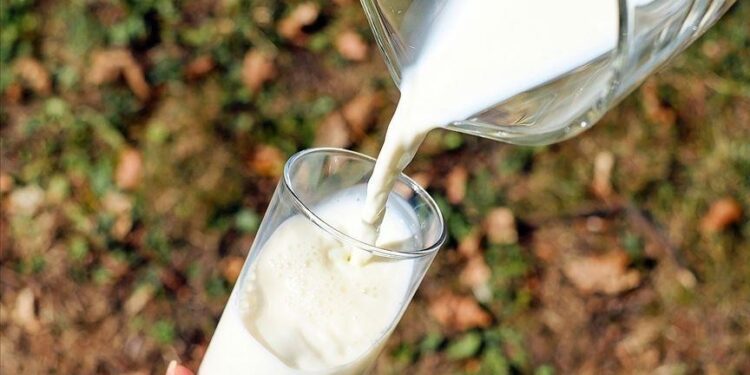ANKARA
Cheese made from raw milk contaminated with avian influenza virus may retain infectious traces of the pathogen, raising concerns about food safety, media reports said on Tuesday.
Researchers from Cornell University and the US Food and Drug Administration (FDA) found that highly pathogenic avian influenza (HPAI) H5N1 virus can persist in certain cheese products, even after the standard 60-day aging period required for raw milk cheeses, according to Science Daily.
“This research was initiated due to previous work demonstrating high levels of virus shedding in milk from infected cows,” the news outlet quoted Diego Diel, senior author of the study and professor of virology at Cornell, as saying.
Under FDA guidelines, raw milk cheese must be aged for at least 60 days at or above 35 degrees Fahrenheit (1.7 degrees Celsius) to help reduce bacterial contamination.
However, the virus remained viable for 120 days at 39F (4C) in some cheese samples, the researchers said.
The study showed that cheese acidity plays a critical role in inactivating the virus.
No infectious virus was found in samples with a pH of 5 or below, such as feta cheese, which naturally has a high acidity level.
In contrast, cheeses with pH levels between 5.8 and 6.6 retained the virus.
Nicole Martin, co-author of the study and assistant research professor in dairy foods microbiology, said: “The work we’ve done on H5N1 is critical to providing practical, timely, data-driven knowledge and recommendations to the dairy industry.”
To assess virus stability, the researchers created experimental cheeses using H5N1-spiked raw milk.
They also analyzed commercial cheddar samples submitted by FDA officials; all four samples tested positive for the virus.
Ferret experiments were included in the study to evaluate transmission risk.
Ferrets that drank contaminated raw milk became infected, while those that consumed raw milk cheese did not show signs of infection.
Diel said the difference could be due to how the body interacts with milk versus cheese, suggesting milk’s fluid nature may increase contact with mucous membranes.
The team also investigated how cheese acidity develops, noting that lactic acid bacteria or direct acidification lowers the pH by converting milk sugars into acid.
The acidification method was used in lab experiments to test cheese safety.
The study was published in Nature Medicine and supported by the FDA and the New York State Department of Agriculture and Markets.
Authors included Mohammed Nooruzzaman, Pablo Sebastian Britto de Oliveira, Salman Butt, Samuel D. Alcaine, and Stephen Walker.







